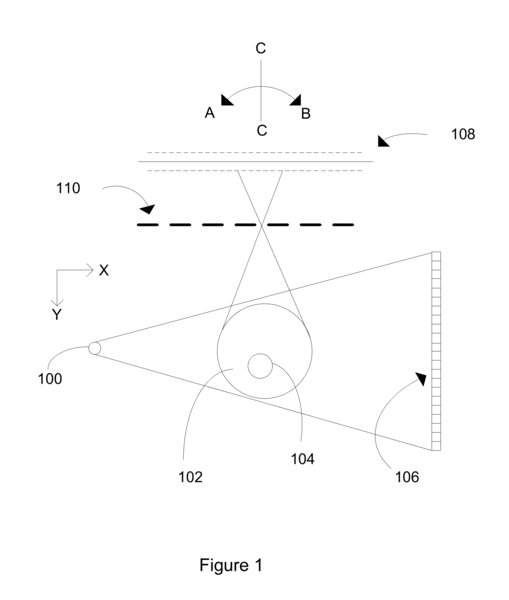Georgia Tech inventors have related the use of Compton scatter imaging to maximize dose efficiency and enhance the visual results of VCT. Specifically, the invented method is able to be applied to a wide range of VCT systems by means of a large-area detector that allows a simultaneous targeting of multiple scatter sources. The method acquires both conventional CT projection data and scatter data in a single scan of the subject, thereby reducing the amount of exposure to radiation. The methods can be incorporated into commercial CT systems to provide electron density distribution for accurate patient absorbed dosed calculation, which is significant in treatment planning or optimization. As compared to existing methods, this invention is a simple and efficient data acquisition process and therefore is more widely applicable on clinical CT systems with a conventional large-area detector.
- Reduces radiation exposure in conventional imaging systems
- Enhances data acquired from VCT, CT, and X-ray imaging
- Applied to a wide range of VCT systems
- Medical imaging systems
- Determining muscular architecture
- Locating tumors
- Aiding in surgical removal processes
X-ray computed tomography is used for medical and industrial imaging methods. Specifically, Volumetric computed tomography (VCT) is a way to image large areas of a subject with isotropic imaging resolution, and can be used to provide 3D reconstructions of the scanned area. This imaging method is vital in detecting disease and promoting prevention due to its ability to detect various types of bodily tissue. The increased usage of X-Rays and CT scans has raised concern due to radiological effects on the human body and its contribution to cancer development. Photoelectric absorption, coherent scattering, and Compton scattering are all different photon interaction mechanisms used in diagnostic imaging. Combining computed tomography systems with Compton scattering is beneficial in that it provides accurate density distribution which enables precise radiation dose calculation. However, conventional Compton imaging systems are currently inefficient on dose and imaging time, and require an energy-selective detector.

